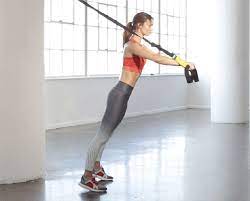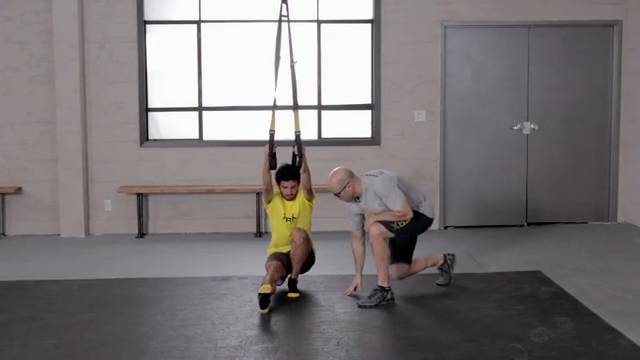
"Your MRI looks worse than you do,” my doctor said to me after a recent visit. After a torn ACL and cartilage damage I had suffered two decades ago, I was given a diagnosis of “early” (because I’m relatively young!) osteoarthritis. The effects of the degraded cartilage have begun to manifest. The doctor was essentially saying that my left knee MRI looks like it belongs to someone who is more limited physically. She was surprised by my level of sport play and by the muscle development I have in my legs. In fact, she surmised that the reason I’ve stayed so capable is my devotion to developing leg strength to support the knee.
What do you do when the knee breaks down? You can't stop squatting and lunging. If you do it in life, you need to train for it. Period. Over the years, I’ve worked with many people who have knee pain. After a trip to the doctor, they are often given glib, unhelpful advice like “don’t squat.”
Maybe stacking hundreds of pounds on a barbell and vertically loading the legs in a barbell squat isn’t the best approach with knee issues. But we still need strong legs and stable knees.
Enter the TRX. To strengthen the legs, there is no better exercise than a single leg squat. And with the TRX, it can truly be for everyone. Consider walking: you spend the majority of the time on a single leg! This means, with single leg training, you can provide a very “real world” leg exercise experience while at the same delivering a challenging load to the leg muscles with a resistance you are used to – your own bodyweight.
The depth and the speed of movement can be adjusted based on the appropriate skill and fitness level. And with the TRX, you get the right mix of balance help to allow better performance and stability if you need it. Single leg squat variations, such as the TRX Single Leg Squat and TRX Lunge are two terrific options for developing strong, capable leg muscles.
Another important part of healthy knees is stability. A major knee stabilizer is your hamstring muscles since they attach to the top of the lower leg bones. A hamstring that is strong while it is lengthening (eccentric contraction) is better able to keep the knee joint stable while performing a wide range of ground-based activities. I’ve created a great new TRX exercise to do just that.
With injured knees (or to prevent injury), it is best to perform a variety of movements at a variety of angles and avoid excessive loads and/or repetitive motions. The many options provided by the TRX for leg training allow for maximum impact with minimum stress. I’ve used some of the same exercises with obese clients after knee replacements and athletes seeking better performance.
Jonathan Ross, ACE Personal Trainer of the Year, Discovery Health Fitness Expert, TRX Master Trainer and creator of the TRX Super Hero workout, brings a fresh perspective on fitness to the industry (www.AionFitness.com). His personal experiences help him to create exercise strategies that deliver big results for clients.



